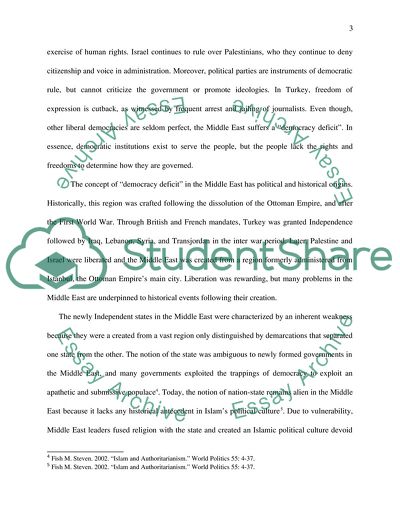Cite this document
(Political Development and Stability in the Middle East Assignment Example | Topics and Well Written Essays - 1500 words, n.d.)
Political Development and Stability in the Middle East Assignment Example | Topics and Well Written Essays - 1500 words. https://studentshare.org/politics/1850487-assignement-middle-east
Political Development and Stability in the Middle East Assignment Example | Topics and Well Written Essays - 1500 words. https://studentshare.org/politics/1850487-assignement-middle-east
(Political Development and Stability in the Middle East Assignment Example | Topics and Well Written Essays - 1500 Words)
Political Development and Stability in the Middle East Assignment Example | Topics and Well Written Essays - 1500 Words. https://studentshare.org/politics/1850487-assignement-middle-east.
Political Development and Stability in the Middle East Assignment Example | Topics and Well Written Essays - 1500 Words. https://studentshare.org/politics/1850487-assignement-middle-east.
“Political Development and Stability in the Middle East Assignment Example | Topics and Well Written Essays - 1500 Words”. https://studentshare.org/politics/1850487-assignement-middle-east.


